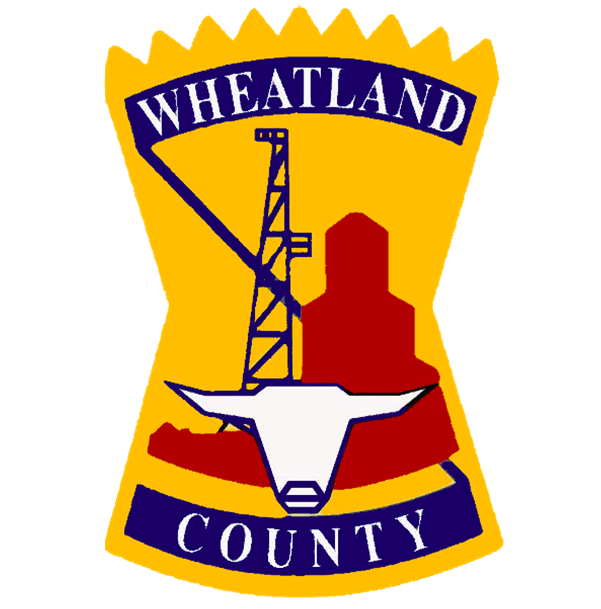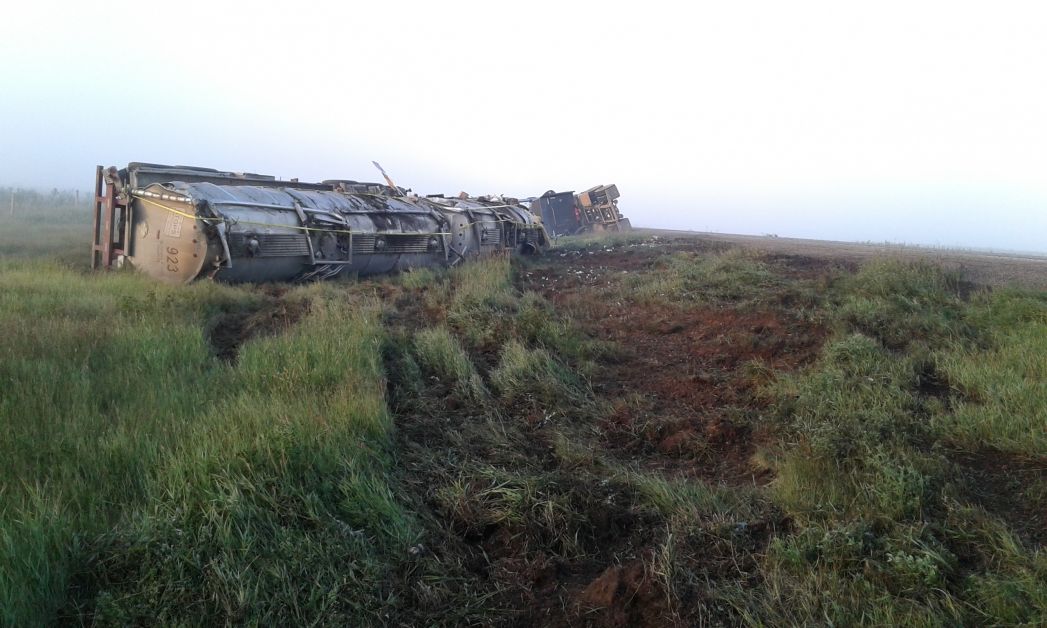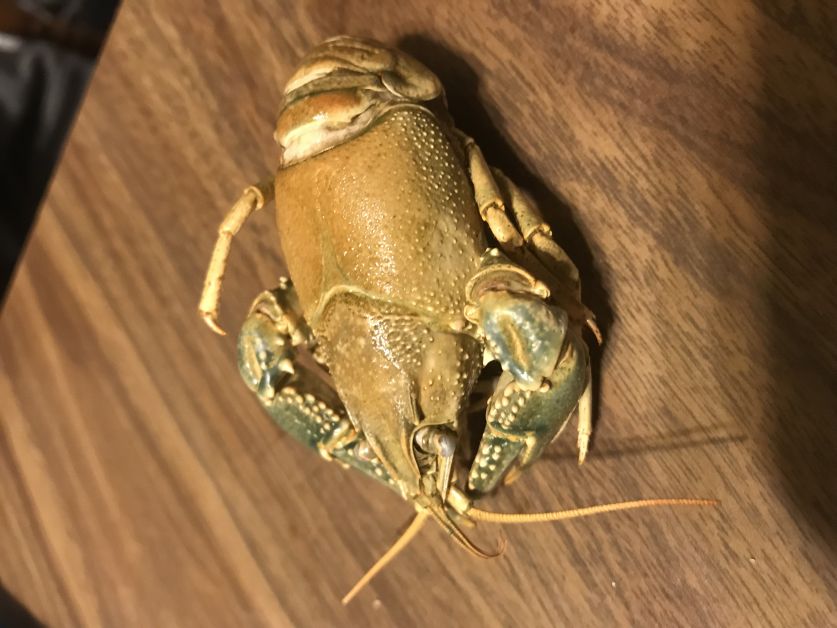
Wheatland area firefighters are concerned with changes in the new Fire Service Bylaw being drafted by Wheatland County, and on August 14 they are hoping to have their voices heard.
The County passed the first reading of the bylaw this spring. In response, a pamphlet has been circulated outlining some of the rural fire association’s concerns, and area firefighters will be attending the Wheatland County Counil meeting on August 14 at 4:30 p.m. in their chambers.
For Brett Gates, president of the Standard Rural Fire Association, he would like the association’s voices to be heard.
“We have asked them on more than one occasion, to sit down and meet with us and talk with us as equal partners and they refuse to meet with us. The only meeting they will entertain is at their bylaw meeting where they are holding the gavel,” said Gates. “We are supposed to be an equal partner in this, we are volunteers and the way we are being treated is terrible, with zero respect.”
Albert Jensen of the Dalum Fire Department says the community takes pride in the work they do, and is afraid the new bylaw will take away some of those feelings of ownership.
Jensen says currently there is a 60/40 partnership with the county for funding equipment. The county pays 60 per cent while the fire associations contribute 40 per cent.
“We want to keep it that way,” said Albert Jensen. “The direction is they are going to fund us wholly and then they will be able to tell us what we can and can’t buy.”
He adds that they take pride in their department and their equipment and worry that if the county funds it all they will lose that control.
“That pride in being part of that machine and making it operable is something we don’t want to lose,” he said.
Jensen is also concerned as a ratepayer with the county fully funding equipment.
A statement on Wheatland County’s social media platform says the increases will be minimal and strategic planning and bulk buying will help control costs.
Jensen is also worried about the autonomy of the fire associations. He said already there have been associations in Wheatland that are no longer functioning.
“They have already taken over Strathmore Rural, Carseland and they just took over Gleichen/Cluny. They will belong 100 per cent to the county. They say they are not going to touch the rest of us, so we will maintain our association as it stands today but with what we have seen recently, this is the first step of them taking the rest of us over,” said Jensen.
According to a response on social media from Wheatland County, Wheatland has not taken over any fire associations, although Wheatland West and the Carseland Associations have asked the county to assume responsibilities.
Gates understands that each association will enter into a contract with the county, however with this bylaw, most terms are already dictated.
“They are putting so much in that bylaw, in my opinion, that has no business being in the bylaw. They have all the operational rules and procedures for the rural fire associations, that used to be part of a negotiated agreement, but now its mandated in the bylaw.





























